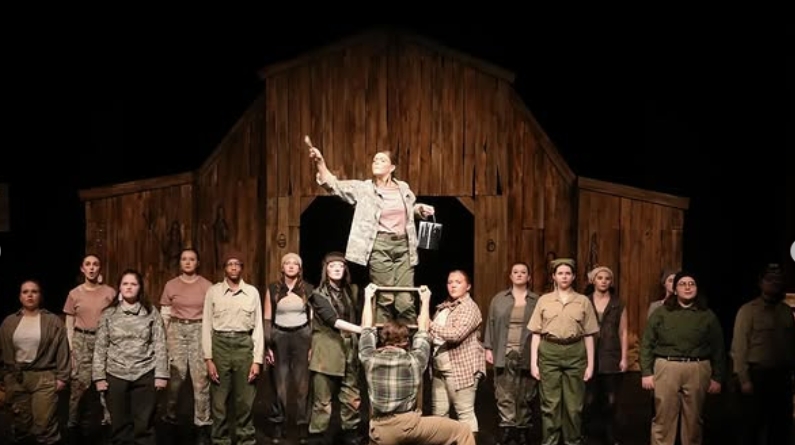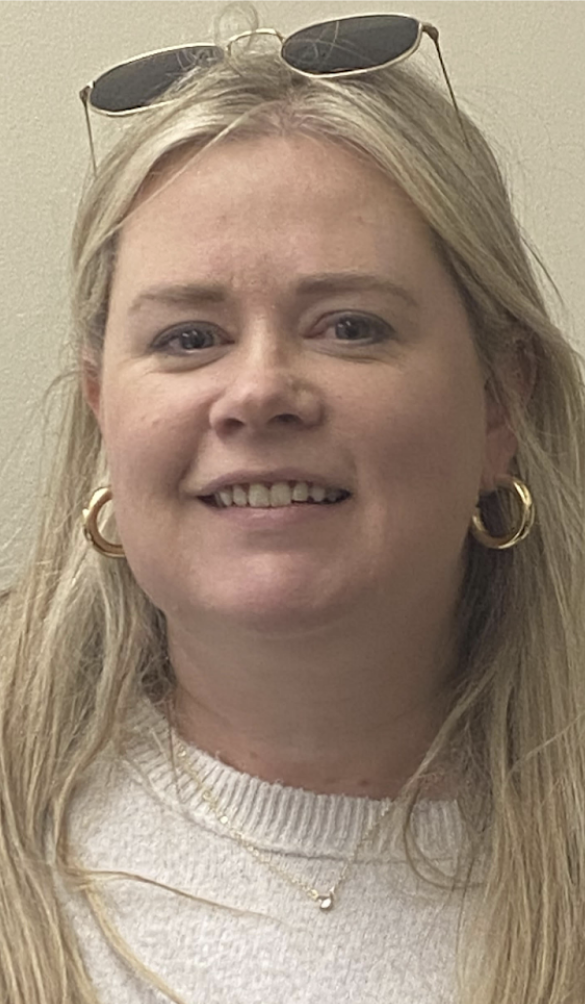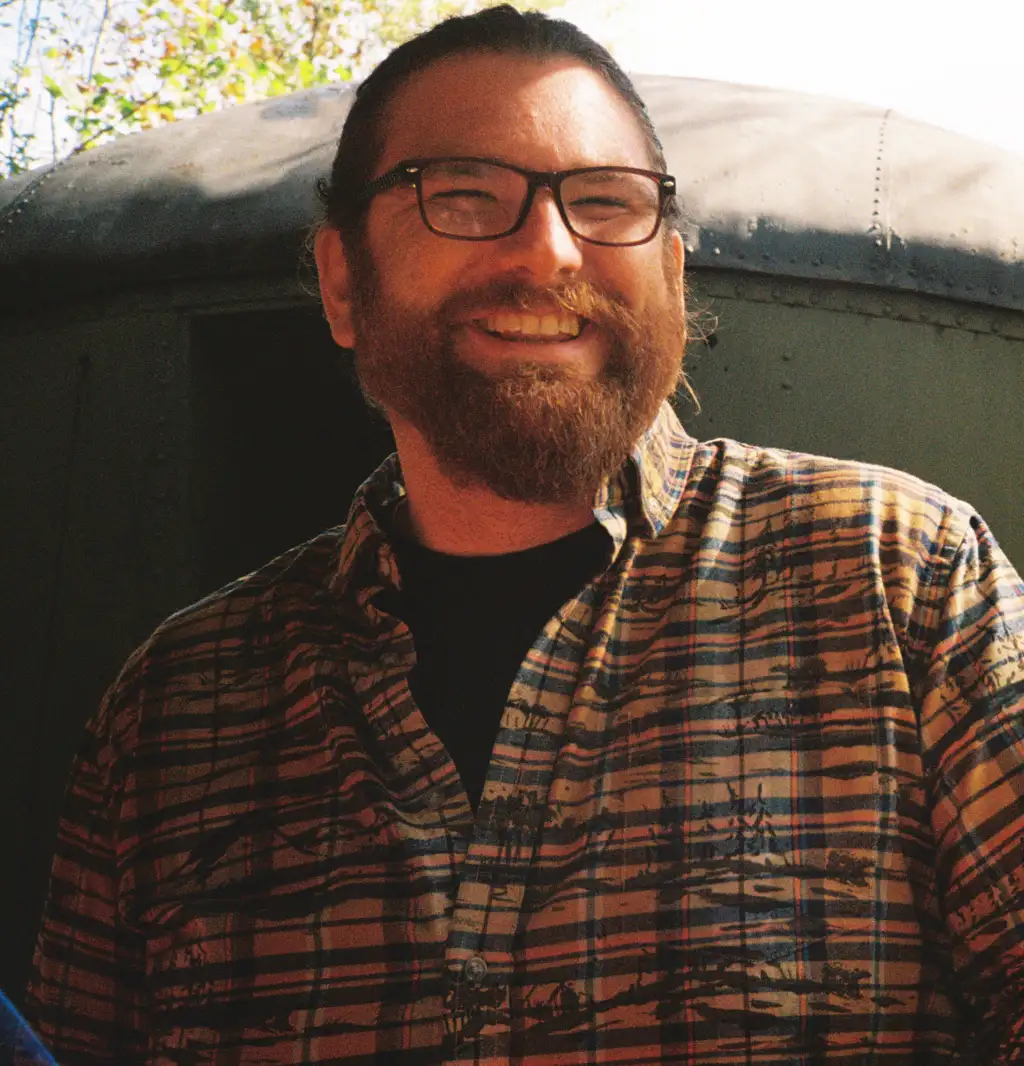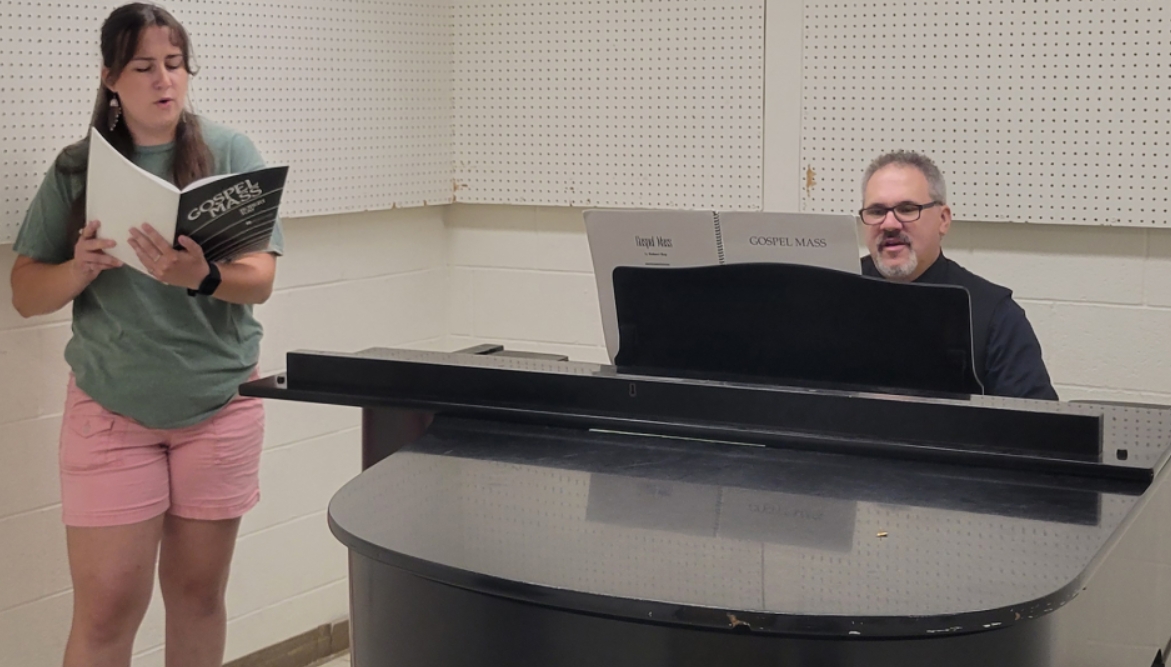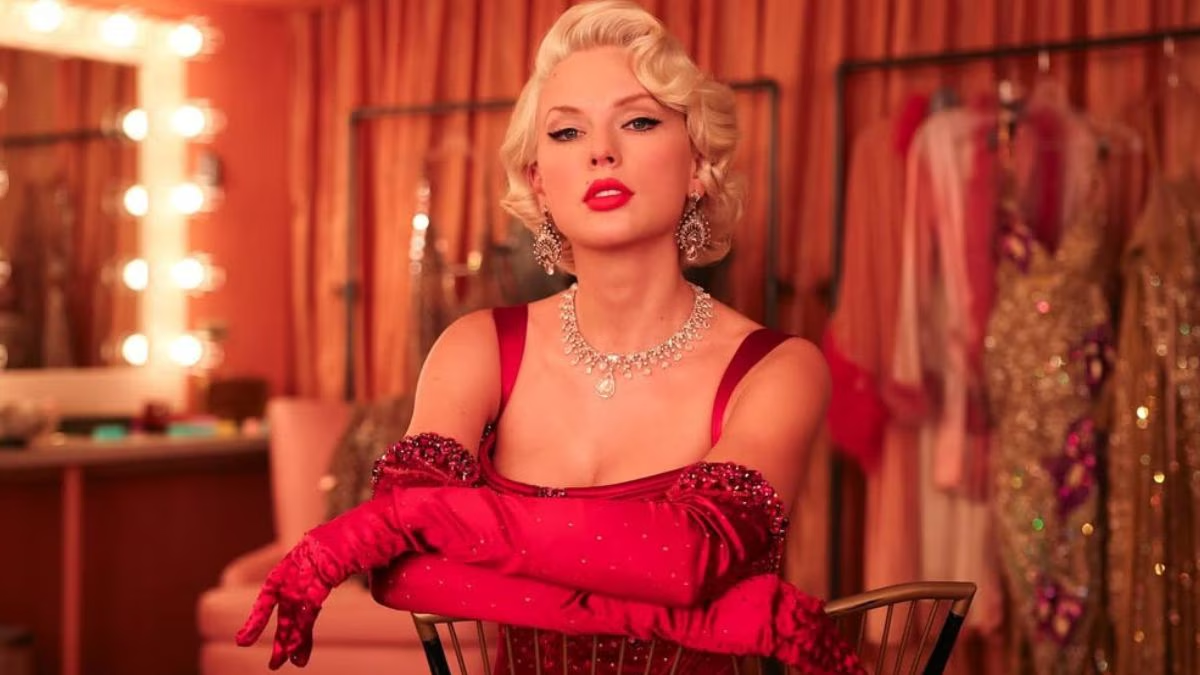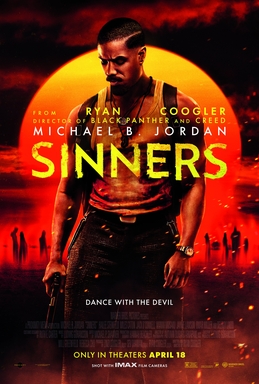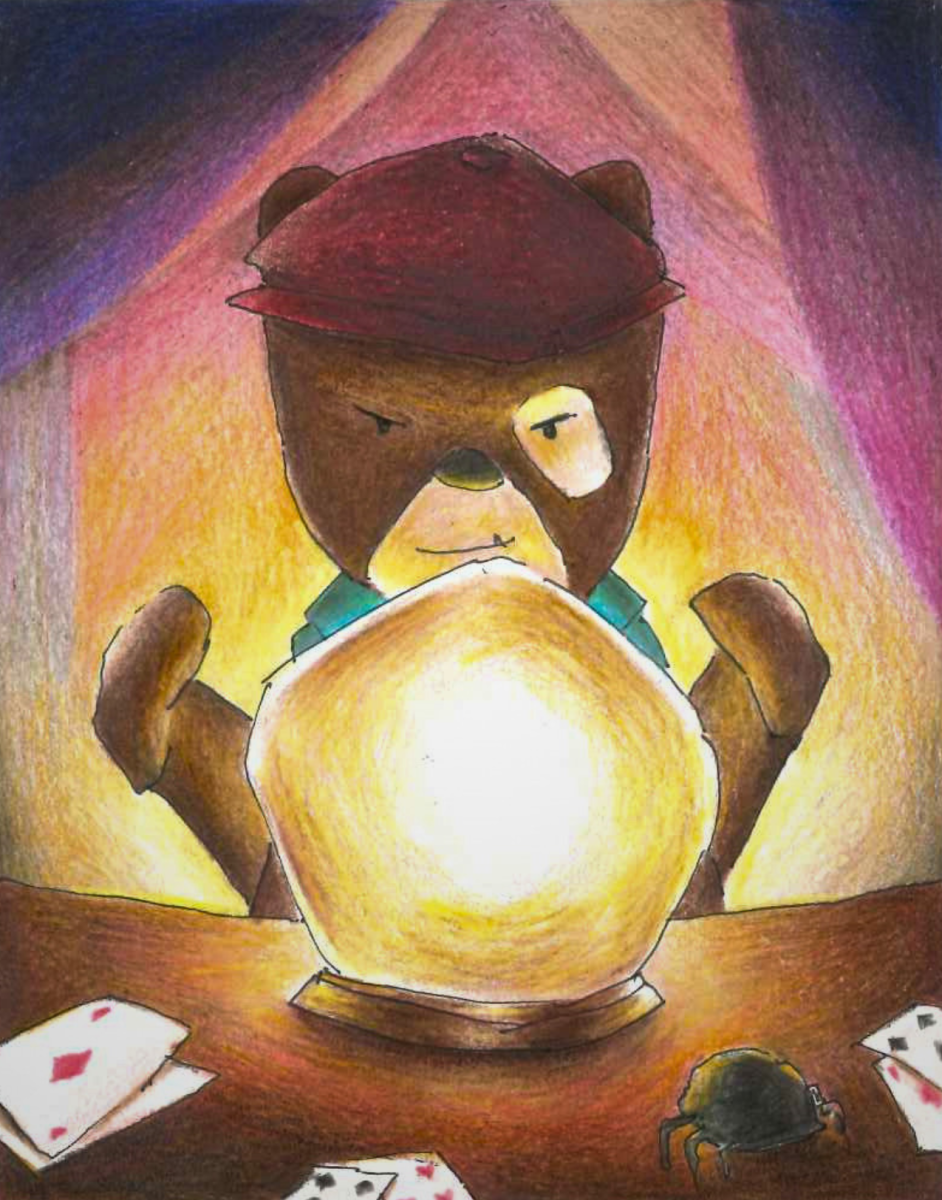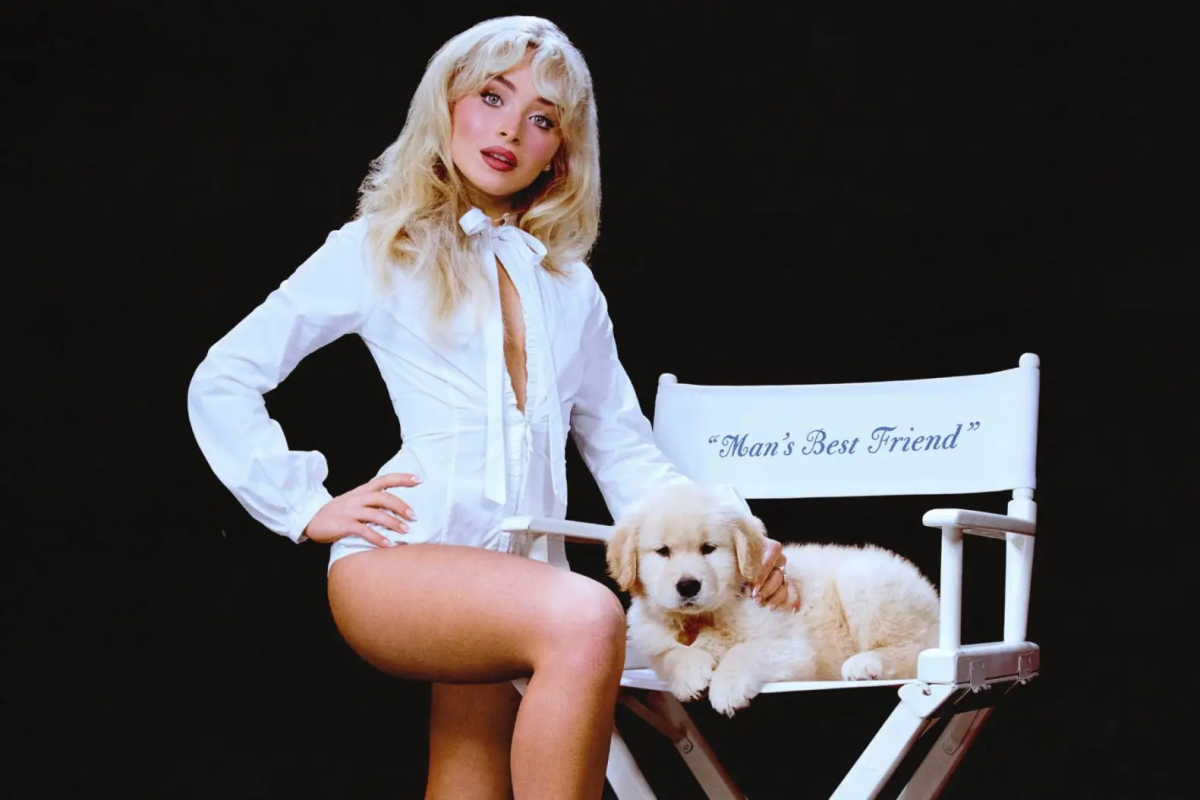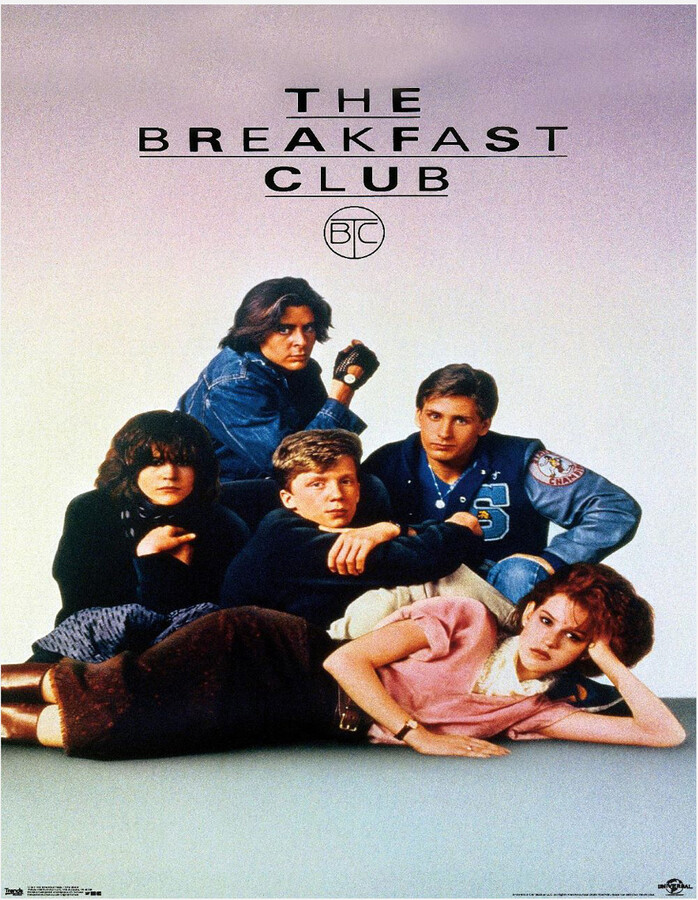By Gabrielle Blanchard, Contributing Writer
If there’s anything a television network loves, it’s to promote shows as being “must-watch” television, unique and different from anything else that you’ve ever seen before, and the idea that everyone is watching it, so you must watch it as well. It is an age where tweeting counts as much towards a show’s success as live viewing and one where streaming and “delayed views,” watching from a DVR, counts towards a show’s success.
The problem with many of these shows is the fact that they lack genuine diversity. One or two characters that aren’t white, cisgender, or heterosexual are often there to fill a ‘quota’ and more often than not, these characters are stereotypical, cliched, and not nearly as well-thought out as their white counterparts.
Enter: Marvel’s Cloak and Dagger on Freeform (formerly ABC Family) and the Ryan Murphy-created drama Pose on FX.
Marvel’s Cloak and Dagger – while not entirely family friendly, is still safe enough for the teenage and older crowd – is based on the comic duo of the same name, the teenagers whose real names are Tyrone Jackson and Tandy Bowen, who come to be continuously brought together under mysterious circumstances that date back to a shared tragic night from their childhood. Tyrone, born into a privileged family, still must navigate life as a young black man in present-day New Orleans. Tandy is a young white woman whose world falls apart after the death of her lawyer father, later turning into a con-artist and thief in order to make ends meet.
The two, many years after a night that changed both of their lives, eventually find themselves crossing paths over again, mysteriously drawn to one another, finding that the other’s presence has activated superpowers within themselves.
This is a show where both leads are shown with equal importance, screen time, and as well-developed characters with engaging personalities and motivations. The nature of their powers – dark, shadowy powers for Tyrone and white light inspired powers for Tandy, play off of the personalities of both teenagers in fascinating ways. As the two teens attempt to navigate life away from one another, they find they may need the other more than anything else in the world in order to survive. Tyrone and Tandy manage to exist independently of one another and have their own stories to tell, journeys to make, fears to conquer as well as hopes to accomplish. Both are plagued by their pasts, tied back to the night that they met as children. The two would not reunite until ‘years later,’ but when they do, it’s magic.
Former Disney starlet Olivia Holt portrays Tandy and newcomer Aubrey Joseph takes on the role of Tyrone; both come off as actors who have been playing adult roles for years.
Cloak and Dagger is only a few episodes in so far, but the show has adapted from page to screen perhaps better than many comic book adaptations. The modernization (Cloak and Dagger made their debut in the 1980s, via Spiderman) and twisting their origin stories to fit the 2000s has, so far, been total brilliance. New Orleans is the setting for this tale and feels as if it’s a character in and of itself. While most of Marvel’s universe takes place in New York, outer space, or recently, Wakanda, this particular setting gives Cloak and Dagger a different type of energy, much more akin to Wakanda being a ‘character’ of its own in Black Panther vs. a backdrop for the Avengers.
While Cloak and Dagger maybe be a darker tale, it is not hopeless and it’s not difficult to be drawn into the story and appreciate the narrative being told.
Meanwhile, Pose is a very different, but also engaging, story. It is also considerably more adult-themed than Cloak and Dagger, due to the nature and content of the show.
Set in 1980s New York City, Pose tells the story of the 1980s New York City ‘ball’ scene. This isn’t about the rich people getting together and relishing in their lavish wealth. Pose instead tells about drag balls, competitions in which drag queens competed, within their own community, in runway competitions of various themes. Each – or most – drag queens belong to what is called a ‘House’ – an informal home where a woman known as a house mother or, in some cases, there are house fathers (grandmothers, grandfathers, etc as well) takes in members of the LGBT+ community who have no other homes. They’ve been abandoned by their families and society with no place else to go, so they are invited to join a new one.
The ball scene is where many cultural references and fashion trends were begun (Madonna’s “Vogue” was directly taken from the ball scene, much to the dismay of many drag queens, who Madonna did not properly credit for inspiration), highlighted in the 1990 documentary Paris is Burning, where Ryan Murphy said he was initially inspired to create Pose.
In juxtaposition to the ball scene, Pose also shows the rise of Trump-era luxury and the changing downtown of New York City, showcasing incredibly different ways of life and the ways that they intersect with in the show.
What makes Pose fascinating is its leads: transgender women played by real life, actual, transwomen as well as transgender women behind the scenes as well, in producing and writing positions. Hollywood has a rather nasty habit of casting cisgender (people who are not transgender) men and women in transgender roles. Pose, however, has a new record five transgender women taking on its lead roles. This alone gives Pose a completely different feeling from many other shows or films about transgender characters – a viewer is allowed to watch transwomen tell stories about transwomen like them and it makes all of the difference in how a viewer connects with these women and this world.
The story is about a queen known as Blanca (MJ Rodriguez) who decides to break away from her current house, The House of Abundance – known for winning balls and competition – to create her own house, the House of Evangelista. In this part of drag history, the best way to make your mark, to be remembered, is by creating a successful House and leaving behind that family legacy to continue on for generations. Naturally, Blanca’s house mother, Elektra (Dominque Jackson), does not take well to what she sees as a betrayal. This sets one major plot for the season.
Joining Blanca is Damon (Ryan Jamaal Swain), a seventeen-year-old black gay boy kicked out of his home and forced to live on the street, with dreams of being a dancer, and Angel (Indya Moore), who is of Latin origin, another young transgender drag queen who leaves the House of Abundance to join Blanca’s new House. Blanca plays a true mother to both of her children, pushing Damon into school and both of her children to do better.
Connected to their world is Stan (Evan Peters), a middle-class white man who is working his way up the Trump social ladder, who meets Angel and finds himself enamored by her, and his boss Matt (James van der Beek), whose wealth and high-class life is a stark difference from the struggles of those in the ball scene.
It is important to note that there is a distinction between being a drag queen: drag is challenging the norms of gender expression. Some drag queens are transgender women (as many of the women in Pose are), but not all transgender women are drag queens. Pose addresses this issue as well, respectfully so, in a way that real life often does not, while also addressing the very real bigotry and misgendering that people who are transgender face.
With shows like Cloak and Dagger as well as Pose being considered hits and must-watch television, the landscape is changing much more quickly than it has in some years, in a very positive way. A dark-skinned male black lead is given as much love and attention by writers as his white and blonde female counterpart, while flipping the tables of the expectations of them based on their appearance. Tyrone is living a life of wealth and privilege with a close-knit family, Tandy’s family is broken and she’s a criminal living on the streets. The way their powers/abilities play into their situations adds to the depth of their characters.
With Pose, transgender women are no longer viewed as freakish (and the people who see them this way are seen to be in the wrong), disgusting, or mocked for living their reality. They’re praised for it, despite the cost it comes at; it is pointed out that those who are transgender are the lowest on the socially accepted totem pole, a reality still faced by these individuals today. Here, transgender women are celebrated as the pioneers they were in the LGBT community, and how much of the community is rooted in the efforts and struggles of transwomen of color.
Maybe two individual shows isn’t enough to say television is going to change forever, but two shows can most certainly show that these changes work and will be accepted by many. Just the existence of these shows and the different showrunners approach to them is unlike most of what we see being portrayed in the media, perhaps being enough to show that these types of characters and stories are marketable and audiences will respond to their stories.
Many individuals are starved for positive representation and to see themselves in a new light. These shows, for many, fill that hole and need.
Cloak and Dagger airs Thursdays at 8:00 pm on Freeform (also on Freeform’s streaming platform, OnDemand, and Hulu) while Pose airs Sundays at 9:00 PM on FX (also available via streaming through FX and On Demand).
Photo Credit: FX, Pose; Marvel and Freeform, Cloak and Dagger


